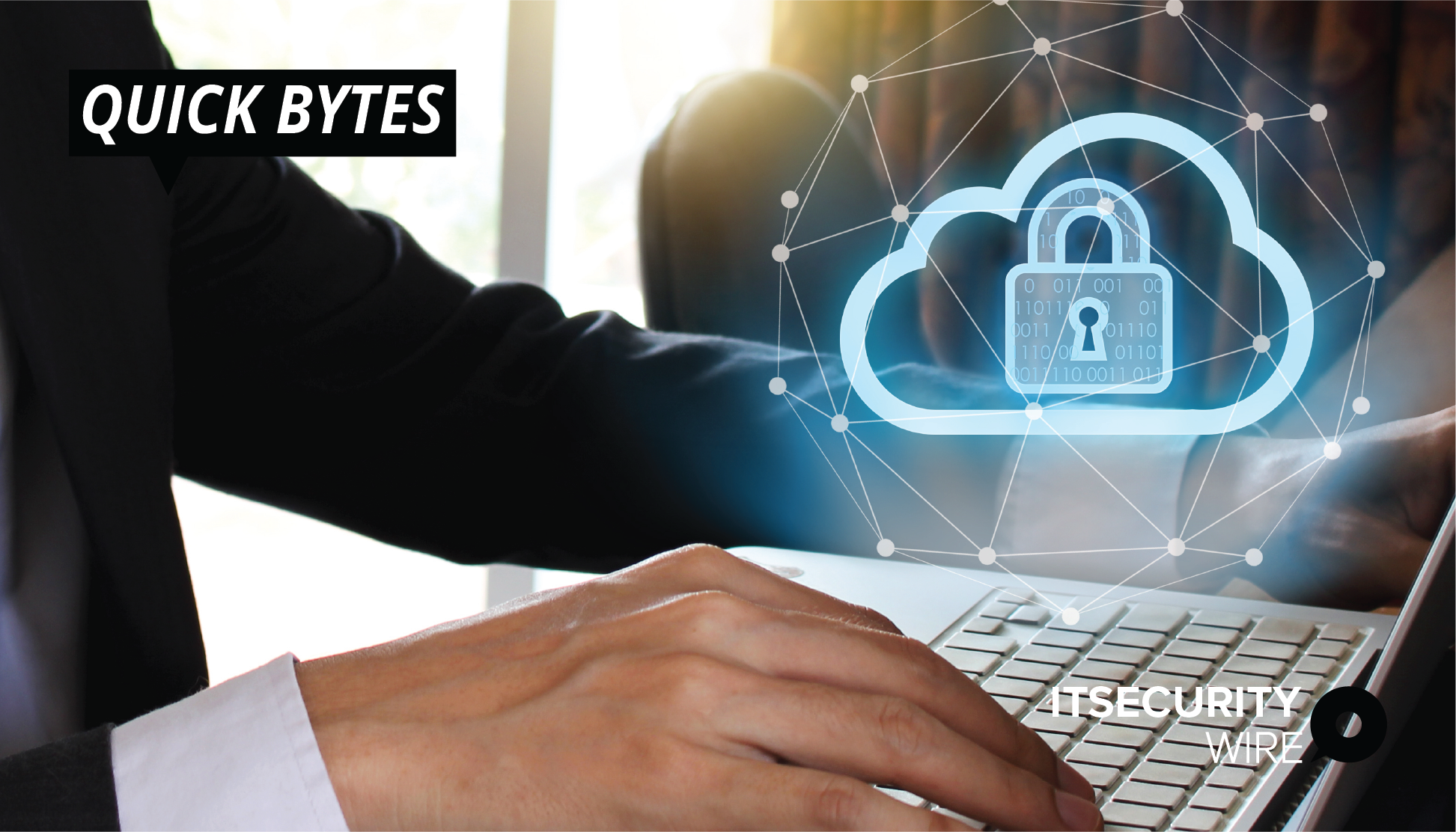While there is no single silver bullet for cybersecurity, enhancing legacy solutions and implementing a strategy that focuses on effective and quick recovery while incorporating modern data protection solutions could mean the difference between an enterprise surviving or collapsing when threat actors come knocking.
Ransomware has resurfaced as a major news story in recent months. A lot of high-profile organizations have been affected, and it is becoming evident that no one is immune, regardless of the industry.
The impact of ransomware on individual organizations and the general public has been highlighted by the latest wave of cyber-attacks. Individuals all over the world understand that ransomware might have major consequences for everyone, whether it’s a food scarcity or the inability to access crucial healthcare services. So much so that FBI Director Chris Wray has declared the recent US attacks a national security concern. Meanwhile, the head of the UK’s National Cyber Security Centre declared that ransomware has emerged as the most serious danger to the online security of both organizations and individuals.
When it comes to ransomware, the fact is that it’s typically not a question of if, but when a business will be targeted. As a result, a solid recovery strategy is critical. Unfortunately, many organizations are still depending on inadequate, legacy solutions and approaches to protect their mission-critical data.
Also Read: Three Strategies for IT Leaders to Effectively Train Their SOC Staff
Legacy Backup Solutions
The recent hacks have shown a serious flaw in data security. For years, legacy backup systems served as the de facto ransomware defence, but modern ransomware attacks target backup copies. Backup solutions from the past don’t have the safeguards in place to protect data copies from ransomware attacks, making recovery extremely challenging.
Backup was created in a time when delayed restores were considered acceptable. The data is frequently restored to another location before being connected to and opened by a database application. This necessitates the collaboration of several administrators throughout a lengthy and complex process that generally takes hours to finish. Worse, if the restore fails or restores the wrong point in time — for instance, when data is still encrypted – the procedure must be redone, which might take days.
Many companies just do not have the resources to devote this time. Every day, hour, and minute spent attempting to restore data using legacy backup solutions might result in millions of dollars in lost revenue and productivity. It’s understandable that many victims analyze their choices and decide that paying the ransom is their only option.
The problem, however, is that paying money does not guarantee that data access will be restored. It also doesn’t imply that operations will resume automatically. According to the Sophos State of Ransomware 2021 report, 92 percent of businesses that pay a ransom fee do not receive all of their data back. How can enterprises and security leaders win the war on ransomware if compensating attackers is useless in the short and long term?
Ransomware Protection
Cyber attackers are becoming more sophisticated as technology progresses. Everything is connected these days, and applications are essential infrastructure. It’s no surprise that legacy backup methods, such as once-a-day backups, are no longer effective. Time is of the essence with data recovery, and businesses must move fast to secure their data. As a result, it’s time to look outside the box when it comes to backups.
Also Read: Cloud Security Lessons Learned from the Pandemic
A modern data extortion defensive strategy must allow for same-day detection, response, and correction. It must also deal with a wide range of threats, including backup corruption, data encryption, and business disruption. Furthermore, security leaders and their teams should do root cause analysis, particularly on data, in order to find flaws and establish culpability.
The best products on the market will give continuous protection, allowing an organization to go back in time at any point. They’ll also reduce restore time by integrating with the rest of the infrastructure, allowing teams to access databases and applications right away. Organizations can add an extra layer of protection against more sophisticated attacks and prevent the danger of compromised insider identities being used to remove protected data in connection with a ransomware attack by isolating good data in a read-only, tamper-proof, repository.
For more such updates follow us on Google News ITsecuritywire News.









